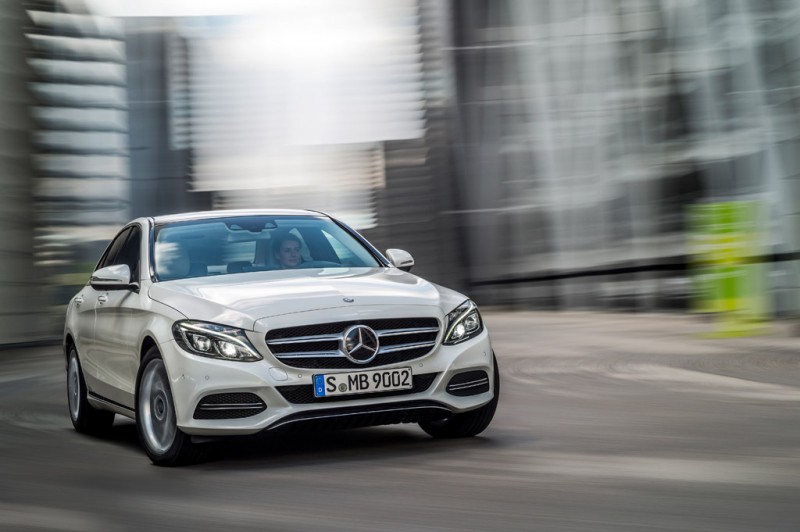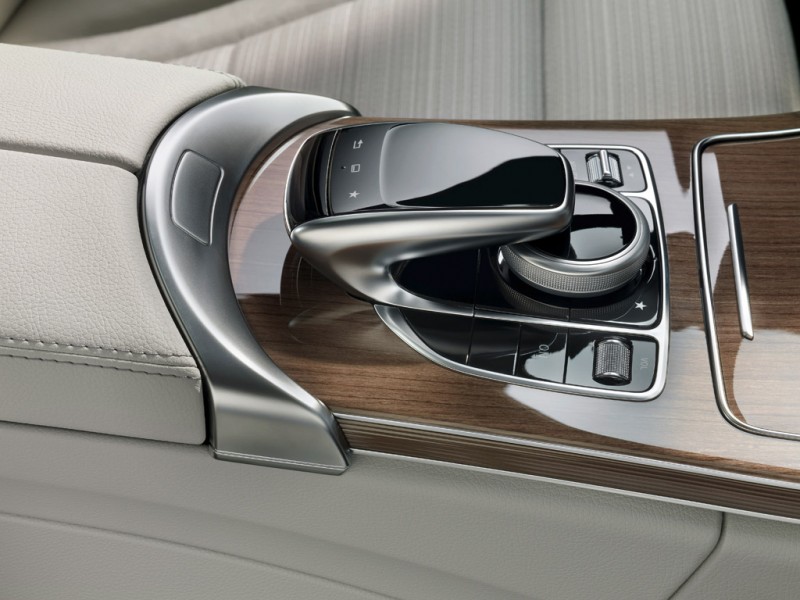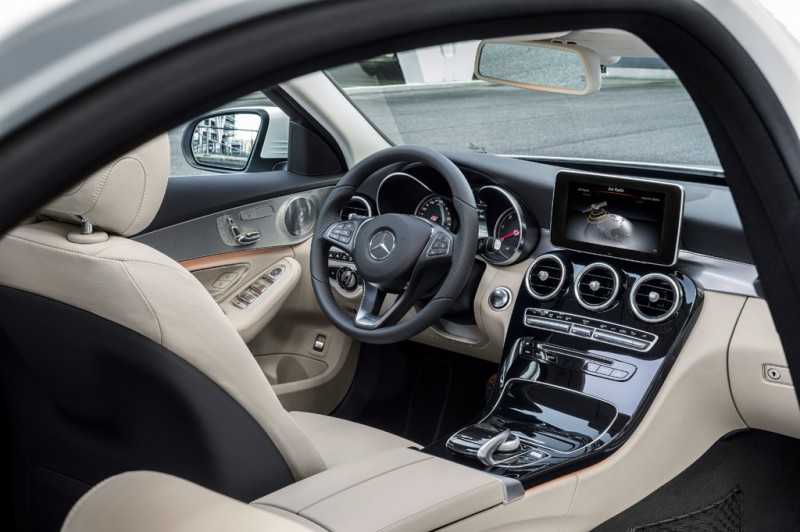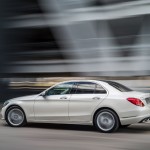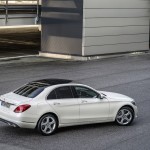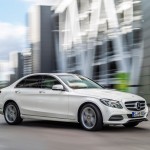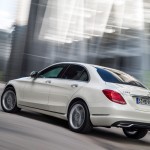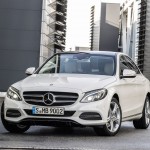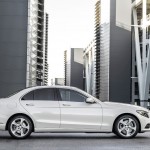Mercedes have revealed details about the new C-Class, a hugely important car for them as the last model sold nearly 2.5 million examples around the world. Previous generations since the infamously solid 190 E, which the C-Class succeeded, have been dogged by occasionally poor build materials and questionable electronics reliability. However, things have moved on significantly and Mercedes’ New C-Class is a highly worthy successor from it’s exceptionally popular predecessor.
The new car is more luxurious as standard than ever before, build quality, fit and finish and materials are sumptuous. The interior design, in my opinion, is more striking than the relatively conservative but smart exterior. There are some odd angles here and there and some questionable design decisions with respect to a few areas which I’ll get to in a moment, but without doubt, the car design is extremely well judged and crafted with precision.
There are a few oddities though, such as the all new touch pad in the centre console. While for the touch-screen generation this may come as second nature, ‘soft’ touch buttons in a moving car have never quite lived up to their expectations. Accidentally pressing buttons while on the move when reaching for something else altogether can mean for irritating re-navigations or distracting glances at the centre screen as it has changed from what was on there to something entirely different. To be fair, the system is likely to work better in practice than it does on paper but that said, the ‘soft’ buttons look too close together and feature a keyboard style minutely raised dimple so your hand is able to tell where the centre button is. Though this may work well when the car is static, while moving on the other hand, it’s unlikely to help.
An incredibly minor and perhaps personal gripe with the interior is that Mercedes have seen fit to keep the old fashioned and frankly ugly cargo nets in the front passenger footwells. For anybody who’s ever seen a second hand Mercedes, or any other car that features them for that matter, these nets are less than useless for holding maps, which have been superceeded by the built-in ‘Sat Nav’ anyway, and are an inelegant solution to holding just about anything in the front passenger compartment. Mostly being relegated to holding stale bottles of water which, since they’re round and often wide, mis-shape the nets into sunken messes rather than the taught lines they display when empty in the beauty shots shown here.
Many motoring writers have been excessively gushing about this new C-Class, saying that it is more like an S-Class than ever before. I think I’ll tone down a bit on that excitement. It is true that there are features that remind of the S-Class, but really this is more like the old E-Class. In effect, the C becomes the old E, the E becomes the old S and the S? Well the S has already become hybrid and has always showcased Mercedes innovations from the off. To further back this up, Mercedes have made the car a full 800mm longer which results in the car being more like the E-Class of old length. To counter this, Mercedes have been clever in reducing weight as is the current (sensible) trend with most manufacturers. After decades of increasing weights with extra ‘safety’ equipment and electric powered everything, Mercedes have shed a whopping 100 kilos from the previous generation.
Engine wise, the new C-Class is also interesting, because not only does it have the usual plethora of Mercedes engines to choose from, most of which will secure this car onto many peoples wish lists – either for economy or performance reasons with the diesel and AMG versions respectively, but Mercedes will now be offering a hybrid version too. This will be a diesel-hybrid much like that you would find in the BlueTEC E-Class – a four cylinder producing 204 hp mated to an electric motor producing 27 hp. This combines to give an average of 72.4 mpg in the NEDC combined mode cycle.
What’s more, Mercedes have announced there will be a further hybrid model to follow in the shape of a plug-in hybrid – likely to be a matter of increasing the size of battery pack over the standard hybrid and adding the ability to charge from the mains power meaning that for relatively short distances electric only power may be used and therefore save the average commuter a huge amount of expenditure on fuel costs.
We’re looking forward to trying the new C-Class in 2014 where we’ll hope to put the hybrid to the test as well as Mercedes’ claims of economy, performance and quality.
Photo Source; Mercedes
